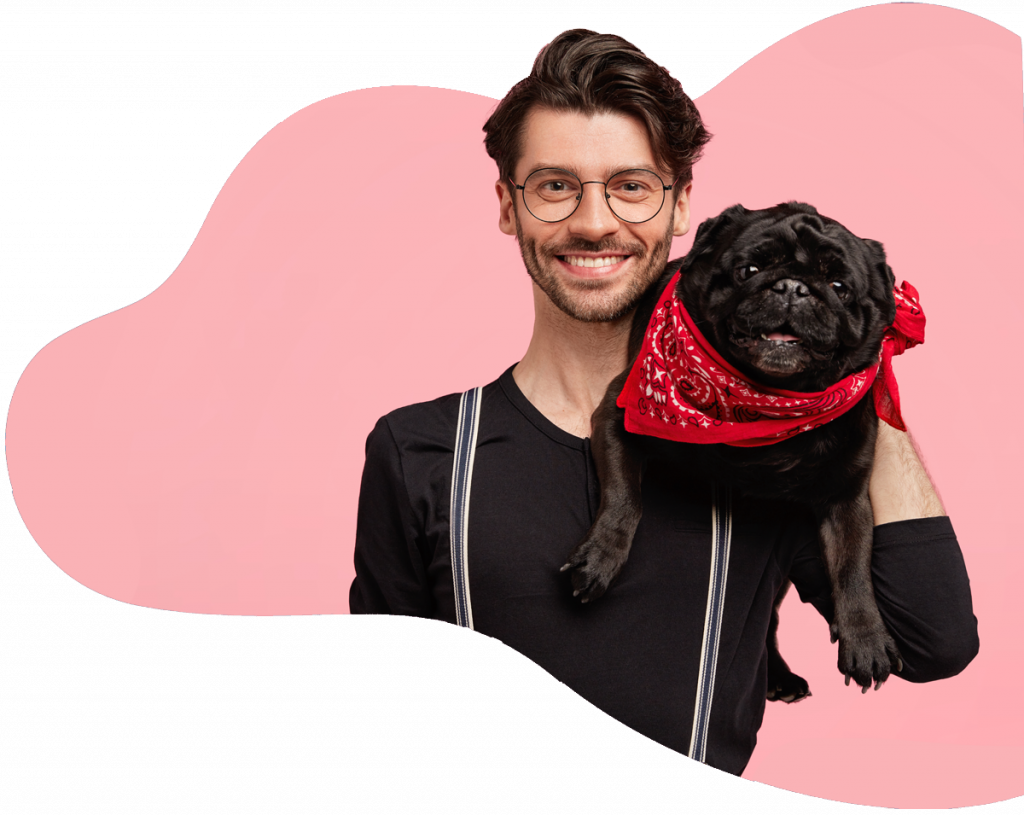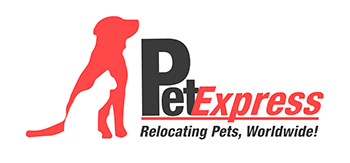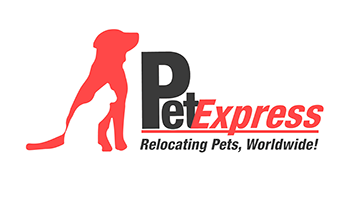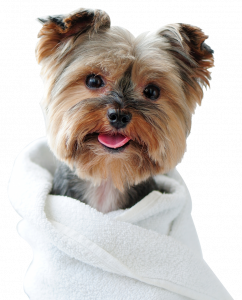
Flying with
Snub-Nosed Cats & Dogs
Airlines are increasingly banning the travel of snub-nosed (brachycephalic) breeds from their air crafts. This has caused great inconvenience for the pet owners. As you are probably aware, not many airlines will accept snub nosed pets. Although brachycephalic breeds are a higher risk flyer, it does not mean that they are unable to travel altogether.
It is really important to know that snub-nosed pets such as Pugs, Shih Tzu’s, Persian Cats and English Bulldogs are more likely to experience breathing issues and overheating during travel. Pet owners with snub-nosed (also known as brachycephalic) breeds will need to take additional precautions when planning their international relocations and it’s also important to research airline restrictions and temperature embargoes that may affect the move.
The breeds, which include Pugs, Bulldogs and Shih Tzu’s and also include certain cat breeds, such as Persian and Himalayan, have smaller openings to their nose and have elongated soft palates on the roofs of their mouths, which make breathing more difficult for them. Those breathing problems can be magnified in stressful situations like air travel, and further exacerbated in extreme heat.
How to Transport
Snub-Nosed Cats & Dogs
Choose a Pet Friendly Airline
This is important for all traveling pets, but it’s especially important for more delicate snub nosed breeds to be under the care of airlines that operate with established pet travel programs with excellent comfort stops in the transit station. If your pet cannot fly in the cabin, please choose to fly your pet as manifest air freight cargo rather than excess baggage.
Some responsible pet friendly airlines would only accept snub-nosed pets to be transported as manifested air freight cargo during colder months.
Use a Much Larger Travel Box
The very few airlines which would accept your snub-nosed pet would require you to use a “one size larger” IATA pet travel box. This would allow extra air flow which would be an important aspect in transporting snub nosed pets with breathing difficulties.
Do Extra Crate Training
Once you purchase the most suitable IATA pet travel box for your snub nosed pet child, you need to get the pet accustomed to it in the weeks before your move. The more comfortable your pet child feels inside the travel container, the less stressful the experience of relocating will be.
Medical Health Checkup
You can discuss your concerns with your veterinarian and also do a health checkup. You and your veterinarian know best when it comes to your pet child’s well-being.
Climate Controlled Environment
When transporting your pet to the airport, and at the airport, it is suggested that the pet is kept at a climate controlled (air conditioned) environment to reduce breathing difficulties.
Proper Hydration
It is really important that your pet is kept hydrated at all times to reduce any risks involved. The water tray and the water bottle attached to the travel box can keep the pet hydrated all times. Try to offer as much water as you can before pets are checked in and help them rehydrate as quickly as possible upon arrival at the destination.



